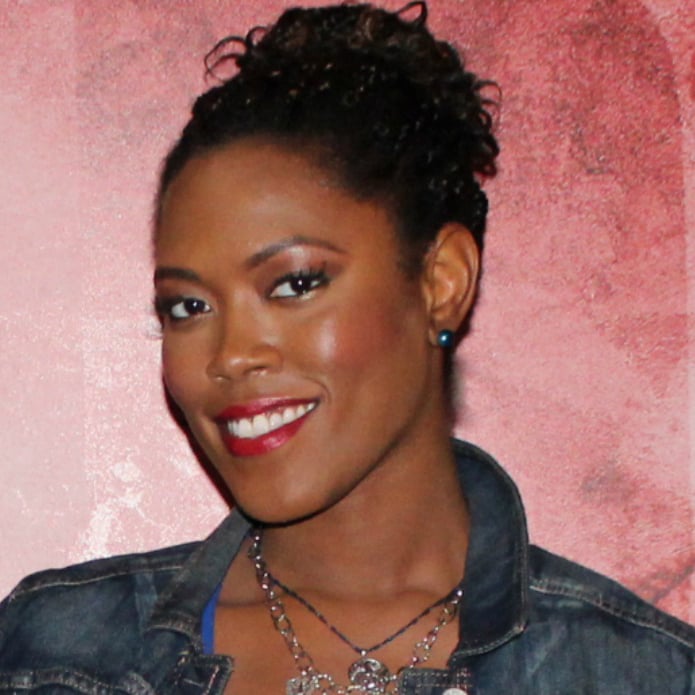7 Things I've Learned Living in San Marcos for 34 Years
For the last several years, I’ve lived a bit of a nomadic life: from Chicago to Los Angeles and now San Marcos. I was tasked with writing a piece about what I’ve learned from living in the city over the last few years, but I didn’t feel equipped to give an insider’s perspective on San Marcos. Still, that doesn’t mean there’s no story to be told.
I had a sit-down with my boyfriend’s mother, Robyn Orban-Griggs, a resident of San Marcos for 34 years. Here’s what she had to say about her experiences.
When did you move to San Marcos?
I moved to San Marcos from a rental house in Mira Mesa. After things were going well with my husband’s practice, we decided to stop paying rent and buy a house. The real estate values were good (compared to San Diego and the coast) back in 1984.
It’s changed a lot over the last three decades. Hollandia Dairy was in full swing; cows lived across the street. I used to take my son to visit them, actually. We’d stop by the fence, pull up grass and feed them. It was mostly a farm area at the time, but San Marcos became more residential over the years. The group of homes we live in were actually zoned for horses.
What was it like back then?
It was not city-like. It was way more wide open, but Palomar College is here, and we found that very attractive. It’s a great community college, very innovative. We also now have Cal State San Marcos. I studied at the community college for graphic design.
There are a lot of families here. However, there are also a lot of commercial and industrial areas, allowing for a broad tax base for the city to build parks, fund community programs, and maintain the area. When my son was a little guy, I took him to many mommy-and-me type classes.
My home was built in 1979. The lot is somewhere between a third and a half of an acre. My husband has plenty of room to exercise his green thumb, and our dogs—two rotties—have plenty of room to roam.
What’s it like today?
The rural land is slowly evaporating. They’ve preserved the parks, which is a good thing, but the dairy farm was pushed out to build more homes. It was a bit of a war with agriculture and real estate out here. Real estate is winning, clearly. It’s certainly become more populated since we moved here, but there’s still a lot of open space, beyond the planned park areas. There are a lot of different options out here. If you want, you can go to a more homogenous community, but I prefer the diversity of architecture and the diversity of the people.
What is your neighborhood like?
The area I live in is a bit of a master-planned community. My home was one of the first on this 10-acre plot of land. However, it doesn’t have a neighborhood name, nor a homeowners’ association. It’s really a unique, little area over here. There’s an episcopal church, and a very well-kept, old cemetery on Rose Ranch Road. A few horse ranches are out beyond where we are, as well as riding facilities, nurseries, and a winery.
What’s one of the best things about living in San Marcos?
I like that it’s spread out. It’s not heavily suburban, there’s diversity in housing, and the homes aren’t so close together. People come from all over the county, and it’s an interesting mix of residential and commercial. It just kind of grew. There are certainly housing divisions and neighborhoods that were planned, but I like how this area was organic.
What advice would you give to a newcomer?
If someone were moving here, I’d tell them it’s a great place to raise your family, it’s a great place to grow up, and it’s a great place to grow old. It’s a bit warmer here, since it’s inland, and we get the occasional earthquake and wildfire, but we mostly go unaffected.
What’s your fondest memory?
There are so many. We’ve been here since before my son was born. Taking him to those toddler classes—that was pretty special. And all the joy of my son being able to play with our dogs in the open space. A good dog yard—that was a big selling point for me with this house.

